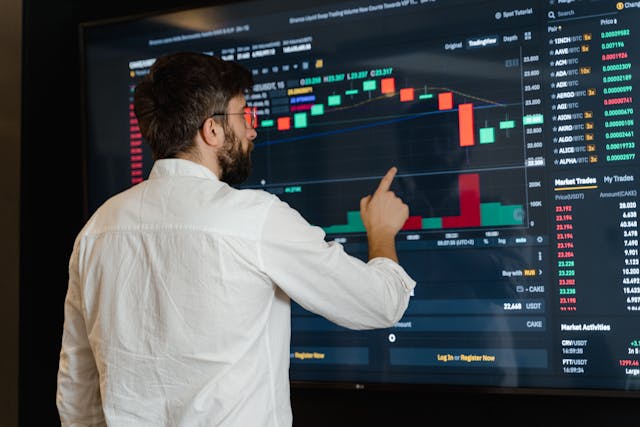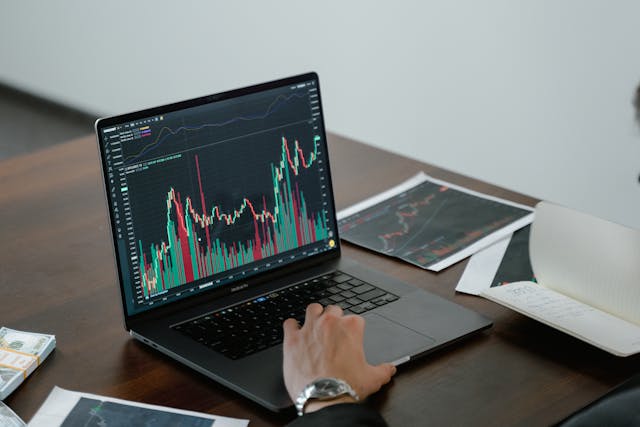Institutional traders are the titans of the financial markets, moving billions of dollars daily through a combination of sophisticated strategies, deep market knowledge, and cutting-edge technology. Their decisions can influence market trends, shape economic outcomes, and impact the portfolios of everyday investors. Understanding how institutional traders trade offers a glimpse into the high-stakes world of finance, where precision, speed, and intelligence reign supreme.
The Foundation of Institutional Trading
Institutional traders, representing financial institutions such as banks, hedge funds, and pension funds, operate on a scale far beyond that of individual investors. Their trading strategies are rooted in a comprehensive analysis of market conditions, economic indicators, and the potential impact of geopolitical events. They leverage vast amounts of data to forecast market movements and identify trading opportunities. This reliance on data analytics and quantitative models enables them to execute trades that capitalize on minute price discrepancies and trends before they become apparent to the broader market.
Strategic Approaches
1. High-Frequency Trading (HFT)
One of the most controversial yet impactful strategies employed by institutional traders is high-frequency trading. HFT uses powerful computers to execute a large number of orders at lightning speed. These traders rely on algorithms to analyze multiple markets and execute orders based on market conditions within milliseconds. The primary goal is to take advantage of very small price differences that exist for a short period.
2. Algorithmic Trading
Algorithmic trading involves the use of complex algorithms to automate trading decisions. These algorithms can analyze market data, execute trades, and manage risk according to predefined criteria. Institutional traders use algorithmic trading to break down large orders into smaller ones, reducing market impact and improving execution prices. This approach also allows for systematic trading across multiple instruments and markets, enhancing diversification and risk management.
3. Dark Pools
Institutional traders often utilize dark pools to execute large trades without revealing their intentions to the broader market. Dark pools are private exchanges where trading activities are not visible to the public until after the transactions are completed. This secrecy helps prevent price movements against the trader’s position, allowing for better execution prices and minimizing market impact.
4. Global Macro Strategies
Institutional traders also employ global macro strategies, which involve taking positions in various financial instruments based on the anticipated economic and political changes worldwide. These traders analyze global markets for opportunities to profit from shifts in currencies, interest rates, and commodities. The strategy requires a deep understanding of international economics and the ability to predict the outcome of major events.
The Role of Technology
Technology plays a pivotal role in the success of institutional traders. They utilize advanced trading platforms, high-speed data feeds, and artificial intelligence to analyze vast quantities of information, identify patterns, and make predictions. Automation allows for the execution of complex strategies that would be impossible to implement manually. Moreover, technology facilitates risk management by providing real-time monitoring and analysis tools that help traders adjust their positions to mitigate potential losses.
Ethical Considerations and Market Impact
The dominance of institutional traders raises questions about market fairness and the potential for manipulation. Regulatory bodies worldwide scrutinize their practices to ensure a level playing field for all market participants. Despite concerns, institutional traders contribute to market liquidity and efficiency, often leading to tighter spreads and more stable markets.
Conclusion
Understanding how institutional traders trade reveals a world where expertise, sophisticated strategies, and cutting-edge technology converge to navigate the complexities of the global financial markets. Their ability to analyze and act on information with unparalleled speed and precision gives them a distinct advantage, influencing market dynamics and shaping the financial landscape. As technology advances and the global economy evolves, institutional traders will continue to adapt and refine their strategies, remaining at the forefront of financial innovation.


